Comparing Composite Decking vs. Wood: Which Is Right For You?
Compare the long-term value, sustainability, and aesthetic appeal of composite and wooden decks, offering insights into making an informed decision based on your needs and preferences.
Comparing Composite Decking vs. Wood: Which Is Right For You?
Introduction
When it comes to building a deck for your home, two popular choices are composite decking and traditional wood. Each material offers unique benefits and drawbacks, making the decision based on various factors such as initial cost, lifespan, ease of maintenance, and personal style preferences. In this article, we will explore these considerations in depth and provide examples of successful installations to help you decide which option is right for your next project.
Initial Cost
The upfront cost is often a primary concern when deciding between composite and wood decking materials. While wood is generally less expensive initially, composite decking can be more affordable over time due to its longer lifespan and reduced maintenance needs. According to a study by the National Association of Home Builders (NAHB), the average cost per square foot for composite decking ranges from $7 to $15, compared to $4 to $10 for treated wood. However, these costs can vary depending on the quality and type of materials used.
Lifespan and Durability
Composite decking is known for its durability and longevity. Unlike wood, which can rot, warp, or splinter over time, composite materials are resistant to moisture, insects, and UV rays. This makes them an excellent choice for areas with high humidity or frequent rain. A report from the Journal of Materials in Civil Engineering suggests that composite decking can last up to 30 years with proper care, whereas untreated wood typically lasts around 15 years before requiring significant repairs or replacement.
Maintenance Requirements
One of the biggest advantages of composite decking is its low maintenance requirements. Unlike wood, which requires regular sealing, staining, and sanding to maintain its appearance, composite decking only needs occasional cleaning with soap and water. This not only saves time but also reduces ongoing expenses associated with upkeep. On the other hand, wood decks require more frequent attention to keep them looking their best, especially in harsh weather conditions.
Personal Style Preferences
Your personal taste plays a crucial role in choosing between composite and wood decking. Composite materials come in a variety of colors and textures, allowing homeowners to achieve a specific aesthetic without the need for painting or staining. However, many people prefer the natural look and feel of real wood, which can be stained or painted to match any design scheme. Ultimately, the choice depends on what style resonates most with your vision for your outdoor space.
Case Studies
To illustrate the practical applications of both options, consider the following case studies:
- Residential Project in Florida: A homeowner chose composite decking for their backyard renovation due to its resistance to mold and mildew. After five years, the deck remains in excellent condition despite being exposed to intense sunlight and frequent rainfall.
- Commercial Installation in California: A local restaurant opted for wood decking to create a warm, inviting atmosphere for diners. Regular maintenance has ensured the deck’s longevity, with only minor touch-ups needed after seven years.
Conclusion
In conclusion, whether composite decking or wood is the better choice largely depends on your individual needs and preferences. While composite materials offer greater durability and lower maintenance, wood provides a classic look that can be customized to suit your tastes. By weighing these factors carefully, you can make an informed decision that enhances both the functionality and beauty of your outdoor living space.
Reference
National Association of Home Builders (NAHB)
Journal of Materials in Civil Engineering
Baoding Plastroy WPC Products
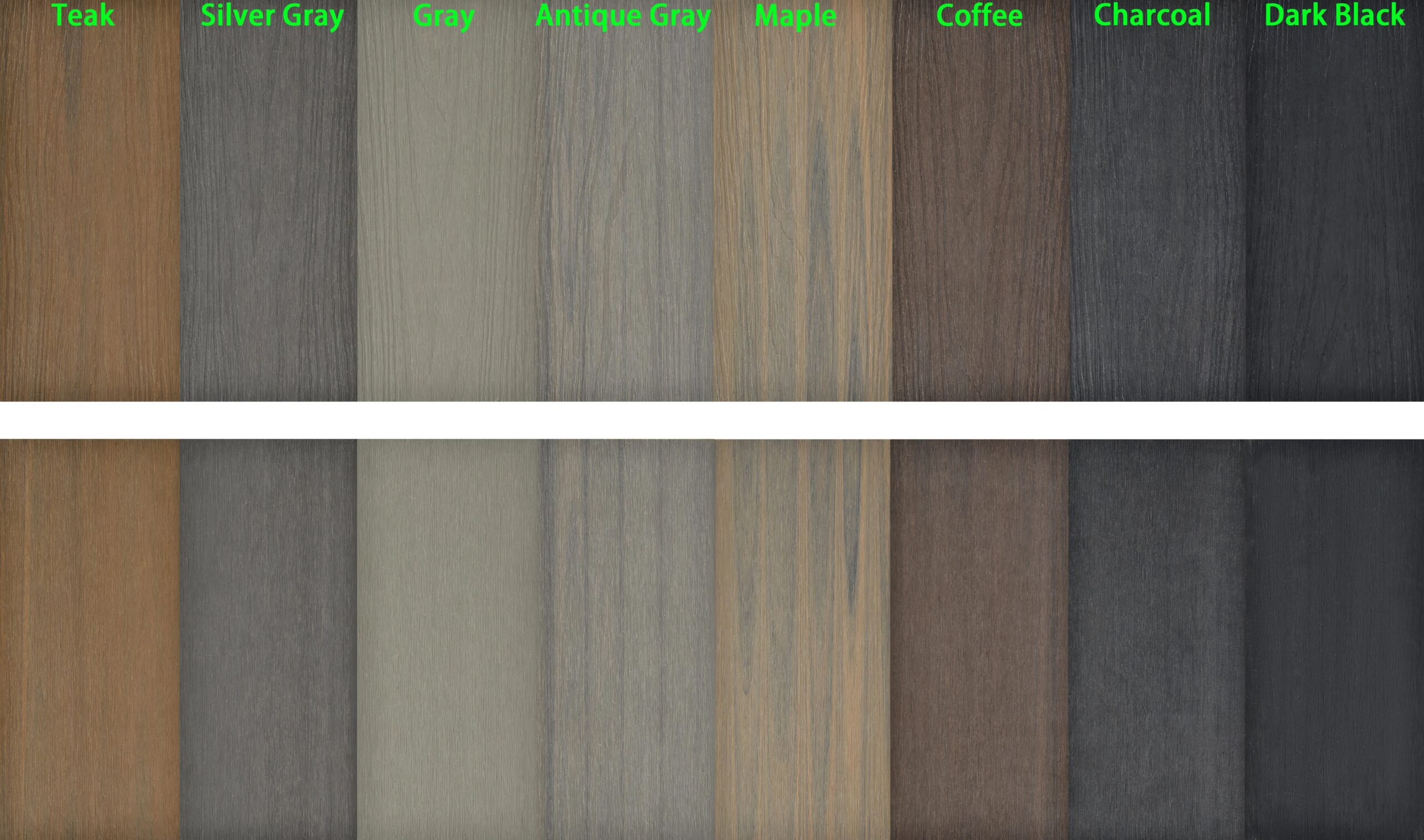
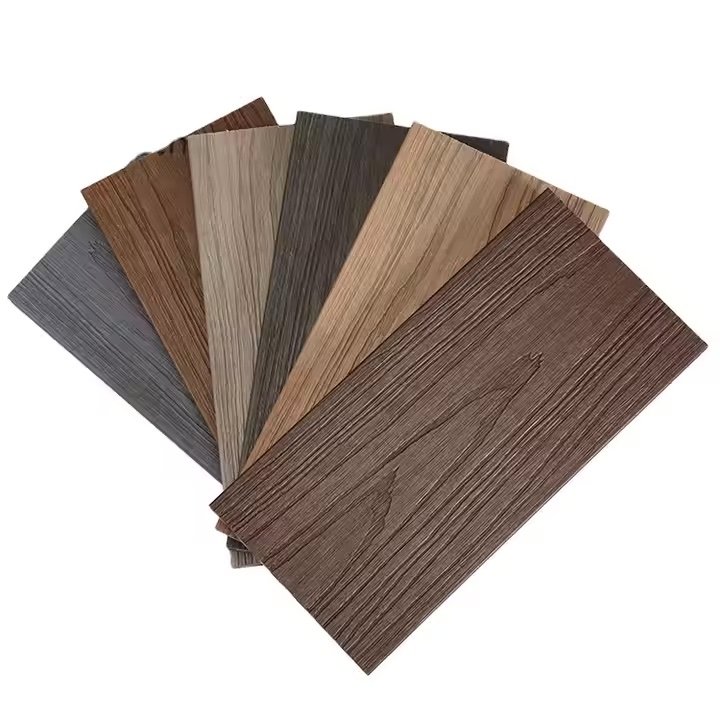
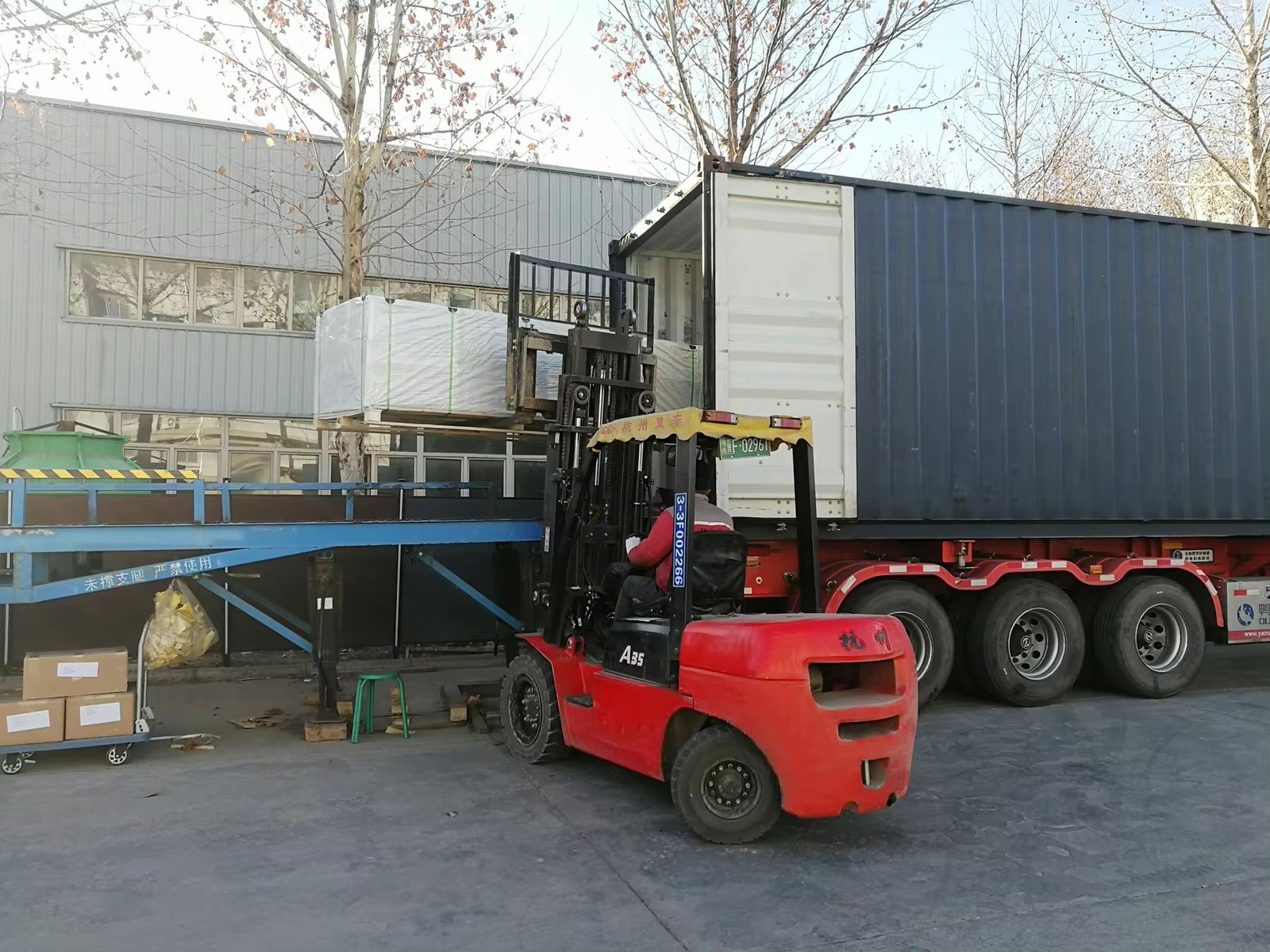
Why Choose Plastory?
Baoding Plastory New Materials Co., Ltd. is a manufacturer of decorative materials with over 9 years of experience and 56 separate production lines.
Currently, our annual production exceeds 30,000 tons, with products exported to more than 50 countries worldwide.
Plastory is the drafting unit of the WPC National Standards and has obtained certifications such as REACH, ASTM, CE, and FSC. Plastory is dedicated to maintaining consistent quality, focusing on details, and prioritizing customer satisfaction.
Our factory is located in Baoding, Hebei Province, China, with a prime location and convenient transportation access. Baoding is approximately a 1.5-hour drive from Beijing Capital International Airport and just 2 hours away from Tianjin Port, making it easy for global clients to visit and facilitating efficient shipping of goods. Our facility spans a large area, equipped with advanced production equipment and modern testing facilities to ensure that every batch of products meets the highest quality standards.
We warmly welcome clients from around the world to visit our factory, where you can see our production processes firsthand and experience our product quality. Please feel free to reach out to us—we are committed to providing you with the best products and services.
Kindly get in touch with us to request a product catalogue.

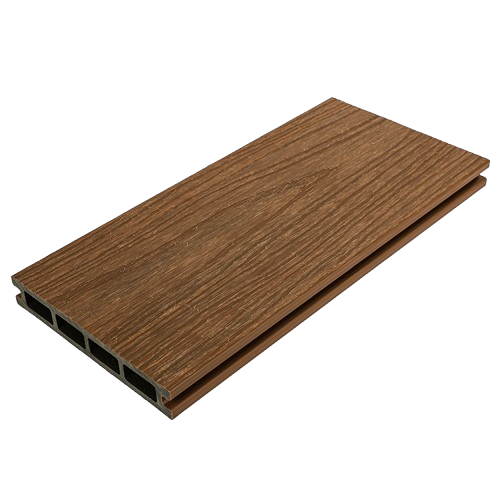
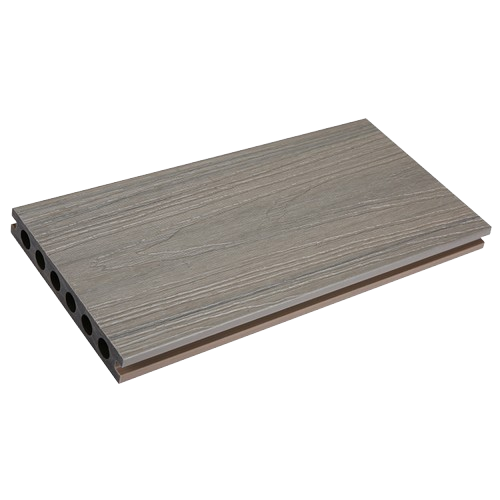
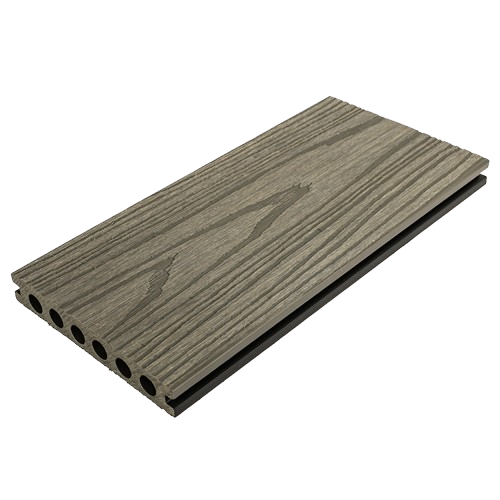
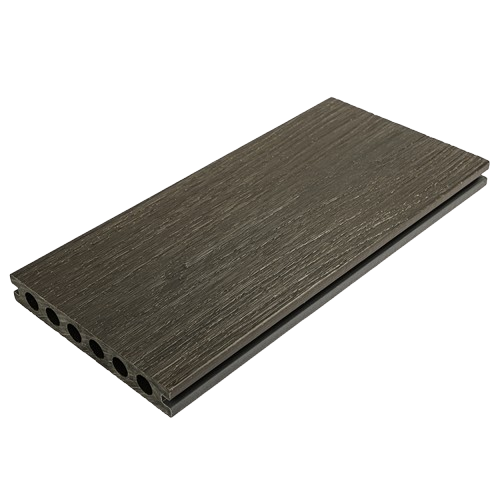
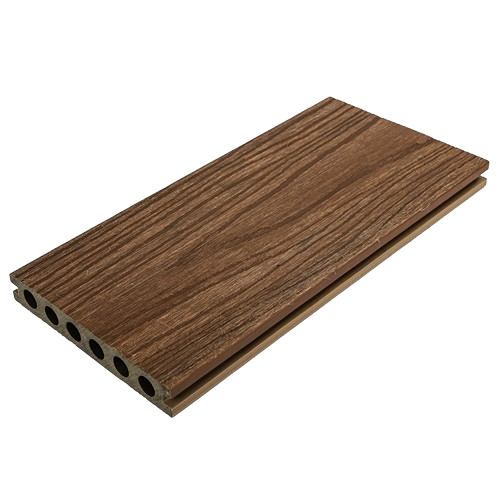
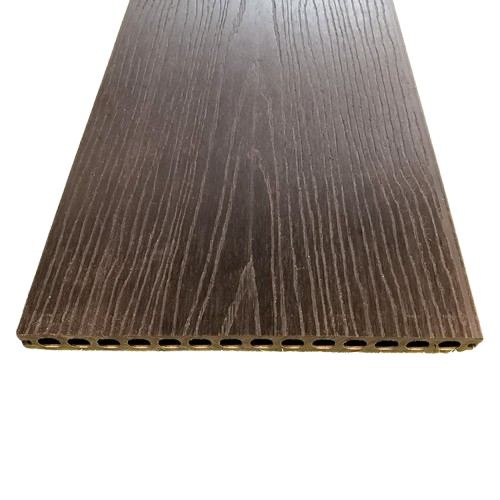
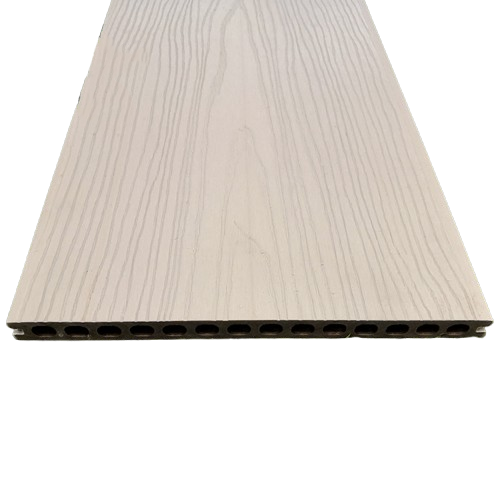
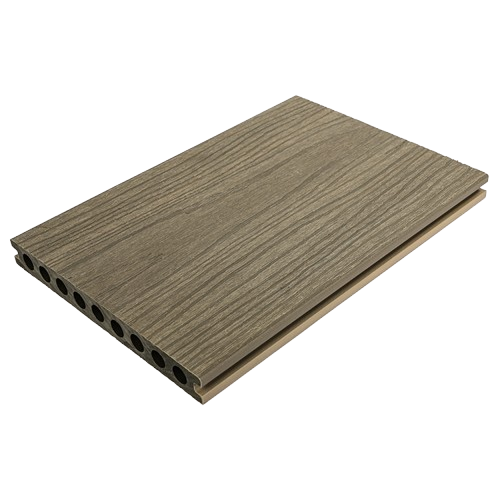
Reviews
There are no reviews yet.